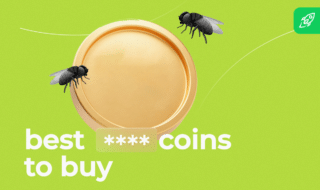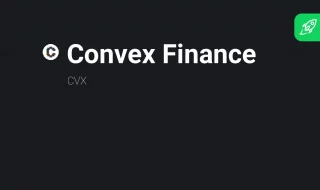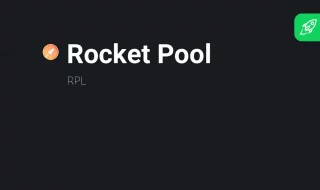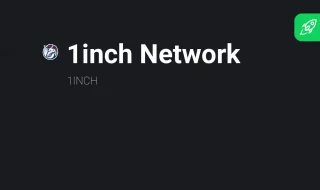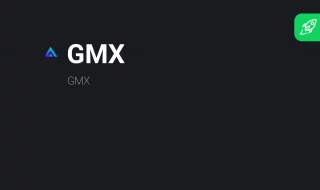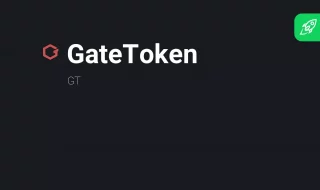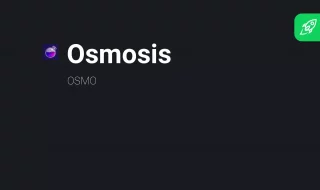After Justin Sun has taken over Steem, the community decided to hard fork the Steem blockchain. They were against platform centralization. In order to prevent their funds from control, a new Hive platform appeared.
The platform separated on March 20th, which has already caused a surge of interest and indignation. In this article, we’ll explain what the Steem Hard Fork means and why this is actually a really big deal for the entire blockchain community. We are going to give a neutral comment on this situation and explain what has happened in fact.
Table of Contents
Steem and Delegated Proof-of-Stake Explained
Steem is a social blockchain platform launched by Ned Scott and Dan Larimer. The Steem crypto is based on social media and provides a platform for decentralized application hosting and data storage.
Steem uses the Delegated Proof-of-Stake (SPoS) consensus protocol, which is a stumbling block of all this story.
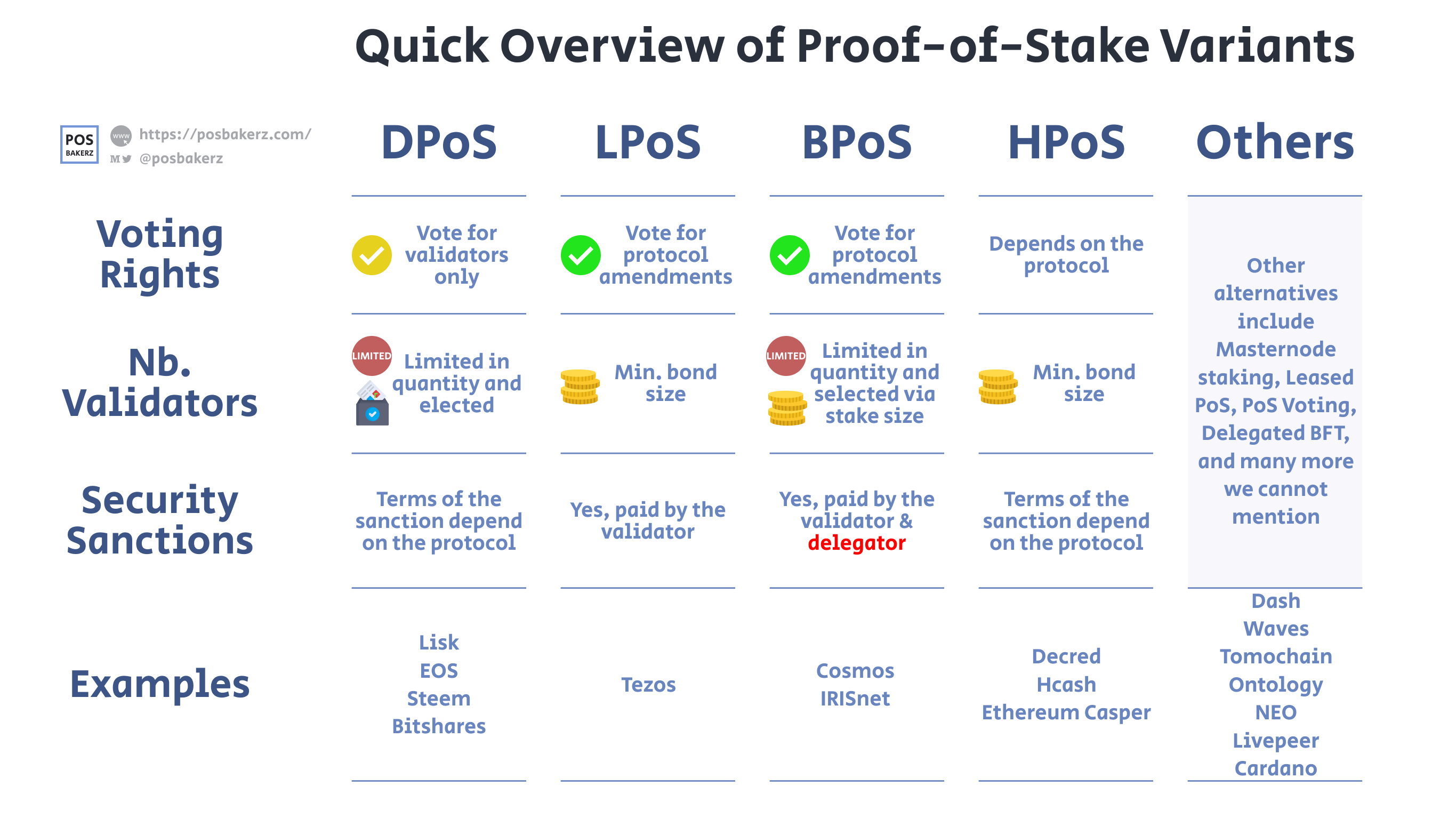
The DPoS system is performed by a process when coin holders vote for delegates (also called witnesses), who are responsible for validating new blocks. The top twenty witnesses generally control the chain, so if you want to make changes you need to have a majority of delegates and community votes.
Steemit Acquisition and What Happened Next
On February 14th, 2020, Justin Sun, the founder of Tron (TRX), acquired Steemit Inc. Steemit is the blogging and social media platform that owns a large amount of Steem tokens. Sun bought not only Steemit but also its stake, which allowed him to change the top witnesses on his own to take the blockchain over. This event centralized the blockchain as one person began to control everything.
Elizabeth Powell, a Steemit Managing Director, stated that this deal saved a company from bankruptcy.
After the deal was made, everyone but the community seemed to be happy. On February 24, they formed a coalition to soft fork.
Why Was It a Problem?
Several important reasons made this war happen.
After a soft fork, at the beginning of March, Justin Sun decided to take over a platform. He asked Binance, Huobi, and Poloniex that have STEEM tokens listed on their platform, to take all of the Steem tokens stored on their exchanges and use these funds to remove witnesses of the blockchain. How can it be performed?
The exchanges took users’ Steems to power them up and have frozen funds for 13 weeks and in fact, they used this digital money to vote for governance removal.
Delegated Proof-of-Stake is considered to be a democratical consensus, but now we have a precedent that shows everyone that it is not.
Meanwhile, exchanges explained that Steemit developers asked them to perform these actions in order to help the upcoming hard fork.
Justin Sun claims that this takeover is a way to protect a platform from hackers who have frozen millions of STEEM tokens. He does not seem to admit that his collaboration with top exchanges was illegal. Sun stated that this was a way to protect Steemit property.
Steem Hardfork
The community decided to hard fork. On March 20th, the platform has successfully separated, and a new cryptocurrency named Hive appeared. During the initiated hard fork, the blockchain was copied so that all content published on Steem as well as wallet balances appeared on Hive. All users, whose Steem accounts were blocked, received free HIVE tokens.
Current HIVE price is $0,91 while STEEM is traded at 0,17$.
Final Thoughts
After the hard fork, we have a decentralized platform that forcibly was centralized. We can justify Justin Sun, who tried to protect his property. He fairly acquired Steemit with its stake, which gave him the right to govern and vote for witnesses. For sure, it is very tough to take any side, so let’s just keep tracking how things are going to unfold.

